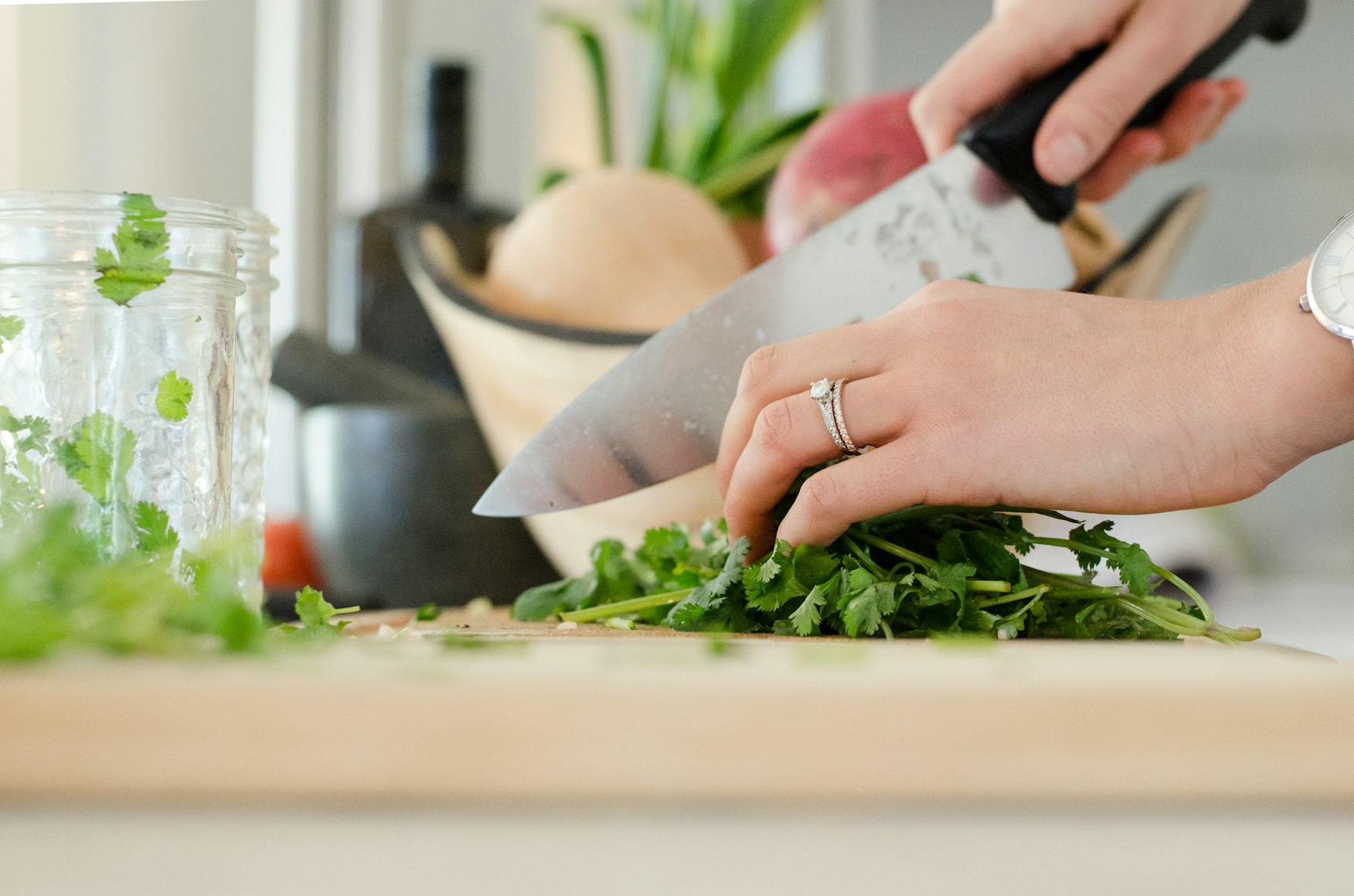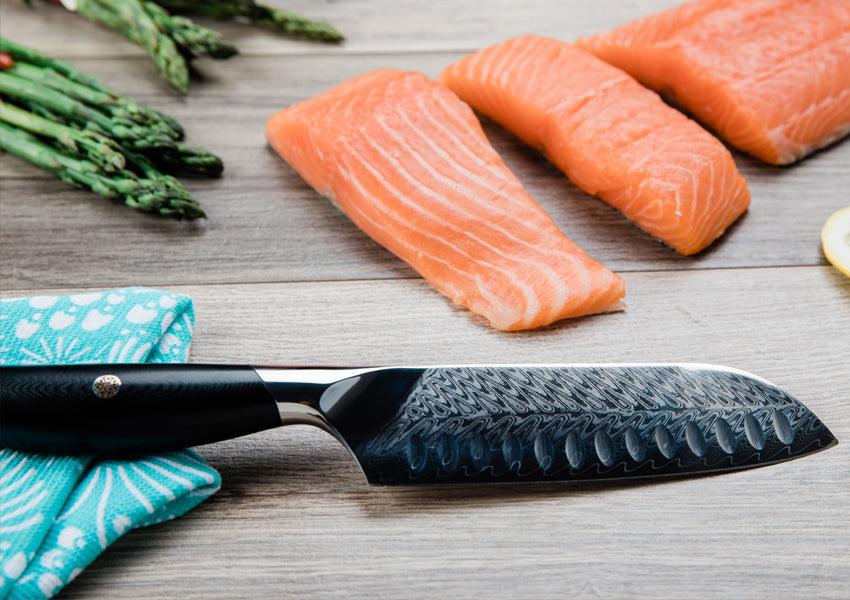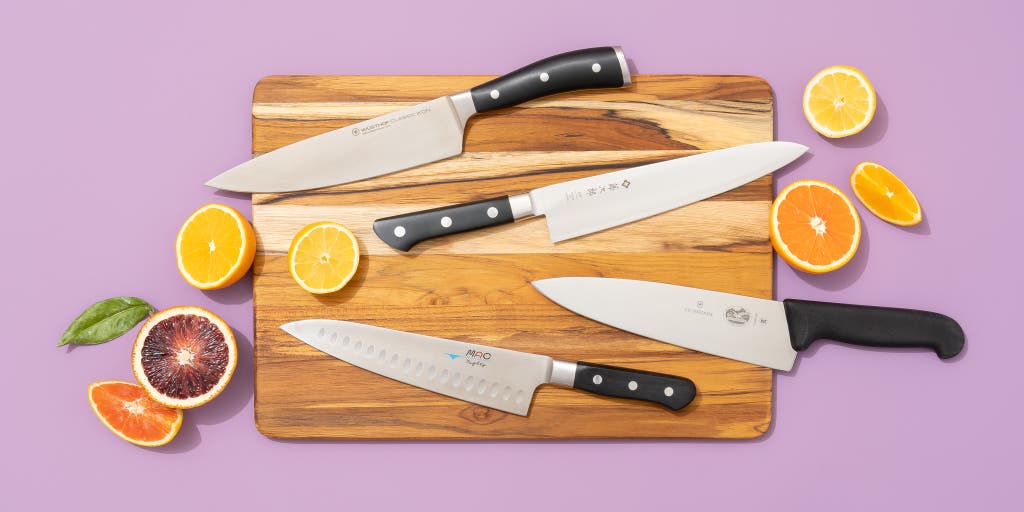Sharpening your chef knife with a whetstone is a time-honored technique that combines traditional craftsmanship with modern technology to preserve the life and function of your knife. Whether you’re a professional chef or a kitchen hobbyist, knowing how to sharpen a chef knife with a whetstone is an invaluable skill. This guide will walk you through each step in a clear and engaging way so you can achieve a razor-sharp edge every time.

Why It’s Important to Sharpen Your Chef Knife
A dull knife is not only inefficient but also dangerous. Learning how to sharpen a chef knife with a whetstone ensures that your cutting tasks are precise, smooth, and safe.

What is a Whetstone?
A whetstone, also known as a water stone, is a rectangular sharpening stone used to grind and hone the edges of steel tools and implements. Understanding its grit levels and uses can vastly improve the sharpening process. Learn more about the grit of whetstones here.
Types of Whetstones
- Oil Stones: These require oil to lubricate the surface.
- Water Stones: Use water for lubrication and are generally faster at cutting.
- Diamond Stones: Embedded with industrial diamonds for fast sharpening.

Tools You Will Need
Before diving into the process of sharpening a chef knife with a whetstone, you need to gather the necessary tools:
- A whetstone with appropriate grit levels
- A bowl of water for soaking the stone
- A stable surface or a non-slip base for the whetstone
- A towel or cloth for drying the knife
Choosing the Right Whetstone Grit
The grit of the whetstone determines the level of coarseness required for sharpening your knife. For kitchen knives, a combination stone with a 1,000-grit side for sharpening and a 6,000-grit side for polishing is ideal. Explore different grit levels here.

Step-by-Step Guide on How to Sharpen a Chef Knife with a Whetstone
1. Soak the Whetstone
Immerse the whetstone in water for about 10-15 minutes before you start sharpening. It’s important to ensure the stone is fully saturated.
2. Prepare Your Workspace
Set up your whetstone on a stable, non-slip base. Make sure you have a towel handy to wipe the blade and clean up any spills.
3. Finding the Right Angle
The ideal angle for sharpening a chef knife is typically between 15-20 degrees. Holding the blade at this angle ensures you get a fine, sharp edge.
4. Sharpening Process
- Positioning the Knife: Place the knife on the whetstone at the correct angle.
- Sharpening Motion: Use a smooth, sweeping motion, moving the blade from heel to tip. Repeat this process uniformly on both sides of the blade.
- Checking Sharpness: Periodically check the sharpness by slicing through a piece of paper.
5. Honing and Polishing
After completing the sharpening process, use the finer side of the whetstone to polish the edge. This step enhances the sharpness and longevity of your knife.
Additional Tips to Maintaining the Sharpness of Your Chef Knife
After learning how to sharpen a chef knife with a whetstone, it’s important to maintain its sharpness. Proper storage, regular honing with a honing rod, and avoiding hard surfaces can significantly prolong the lifespan of your knife. Check out more tips for keeping your kitchen knives sharp here.
Safety Precautions
Sharpening a knife can be dangerous if not done properly. Make sure to keep your fingers away from the blade, use consistent and controlled movements, and always store your knife safely. For more safety tips, read this article.
Common Mistakes to Avoid
- Incorrect Angle: Maintaining an inconsistent angle during sharpening can result in a dull edge.
- Applying Too Much Pressure: Let the whetstone do the work; excessive pressure can damage the blade.
- Improper Maintenance: Infrequent honing and improper storage can dull your knife quickly.
When to Sharpen Your Chef Knife
As a rule of thumb, professional chefs sharpen their knives every few weeks, while home cooks should do so every 1-2 months, depending on usage. Knowing the right time to sharpen can preserve the quality of your blade.
Frequency of Hone
While sharpening a knife is essential, honing should be done more frequently to keep the edge aligned. Learn more about the difference between honing and sharpening here.
The Importance of a Sharp Chef Knife
A sharp knife makes cooking more efficient and enjoyable. It reduces effort, ensures cleaner cuts, and maintains food integrity. If your knife can no longer be sharpened, consider investing in a new one. Discover what makes a great chef knife here.
Benefits of Regular Sharpening
- Efficiency: A sharp knife speeds up your cooking process.
- Safety: It reduces the risk of accidents caused by slippage.
- Food Quality: Sharp blades maintain the integrity of the foods you cut.
FAQs About How to Sharpen a Chef Knife with a Whetstone
Can I use a Whetstone on Any Knife?
Yes, whetstones can be used on various types of knives. However, the technique may differ slightly based on the blade’s material and shape.
How Long Does it Take to Sharpen a Knife with a Whetstone?
The time can vary depending on the blade’s condition. On average, it takes about 15-30 minutes to achieve a sharp edge.
Is It Necessary to Soak the Whetstone Every Time?
Yes, soaking the whetstone each time ensures the stone is adequately lubricated to sharpen the knife efficiently.
For more detailed guidance and tips on sharpening kitchen knives, you can read this excellent external article from Food & Wine.
As an Amazon Associate, I earn from qualifying purchases.
As an Amazon Associate, I earn from qualifying purchases.


